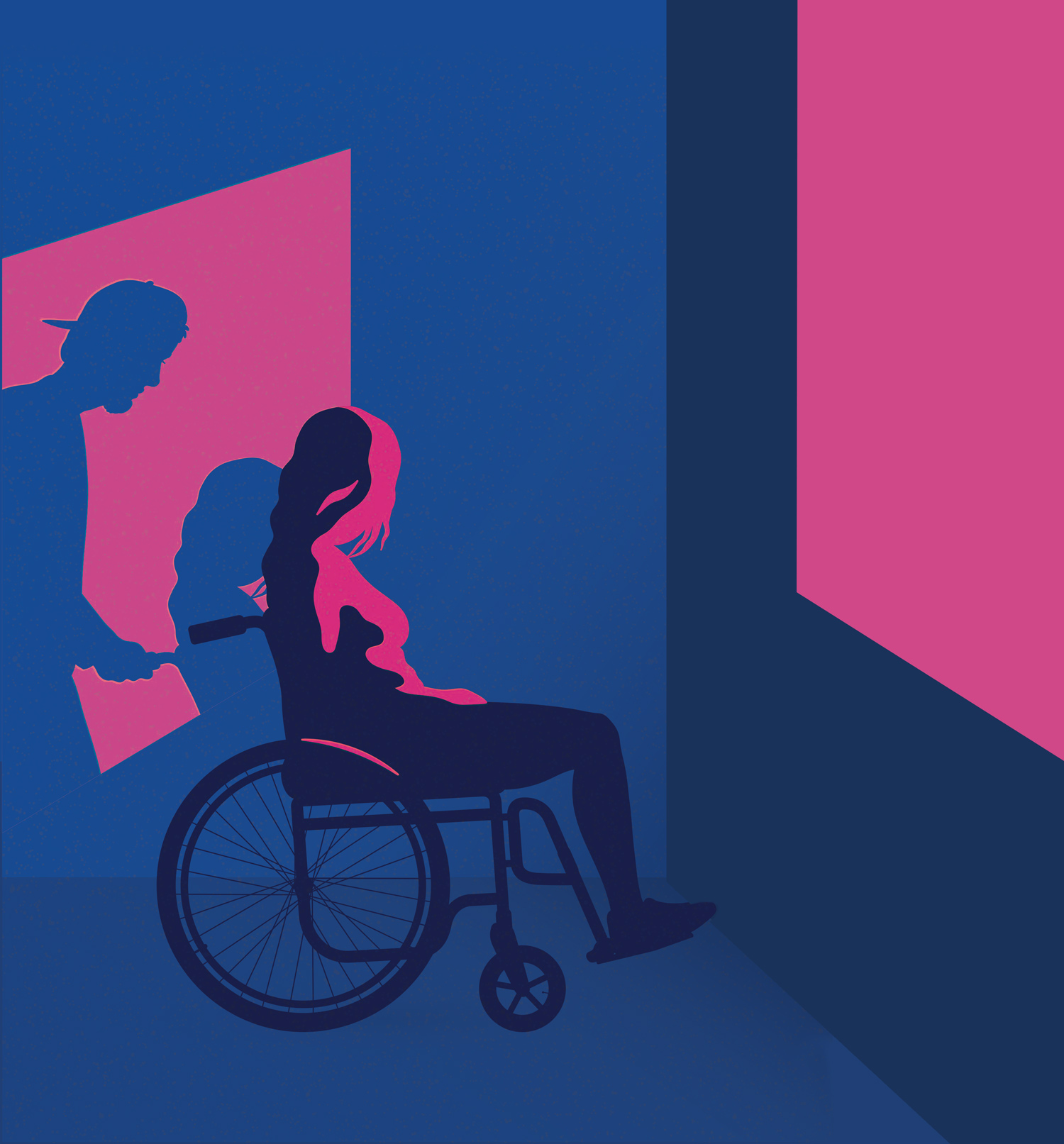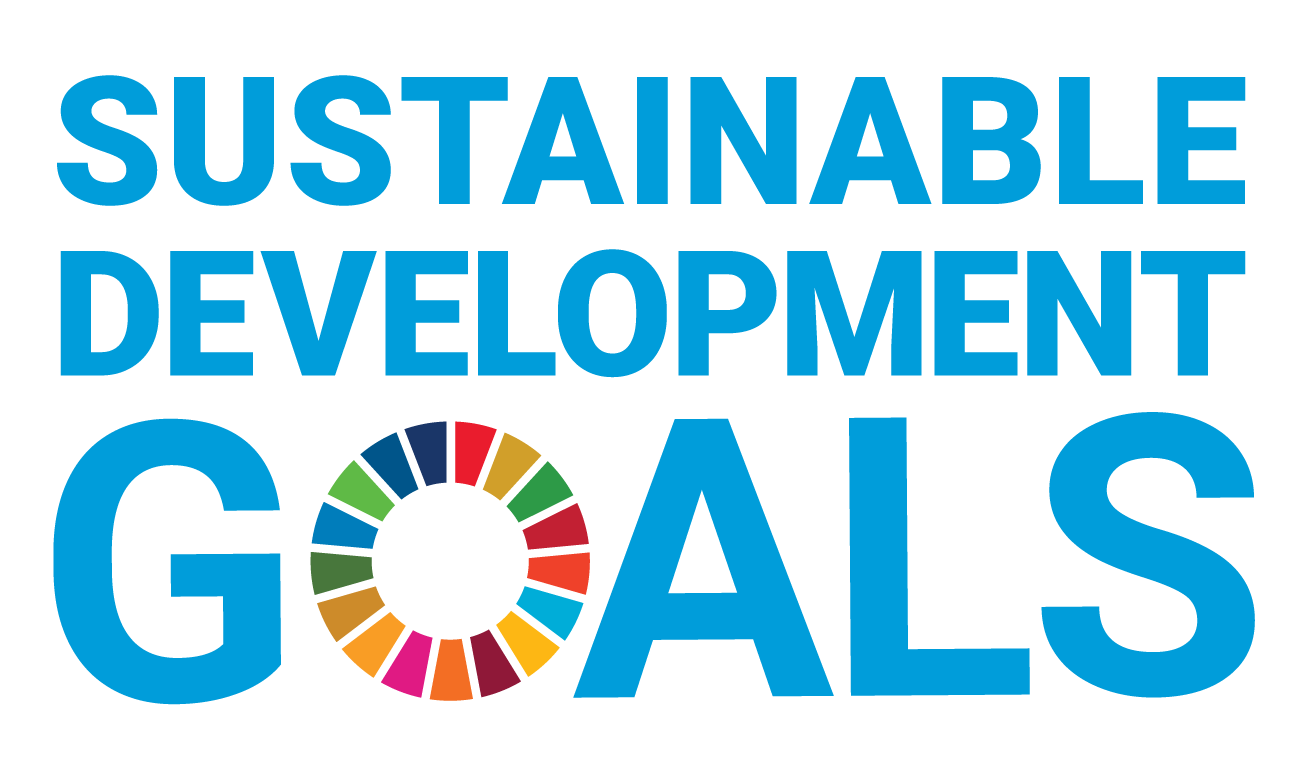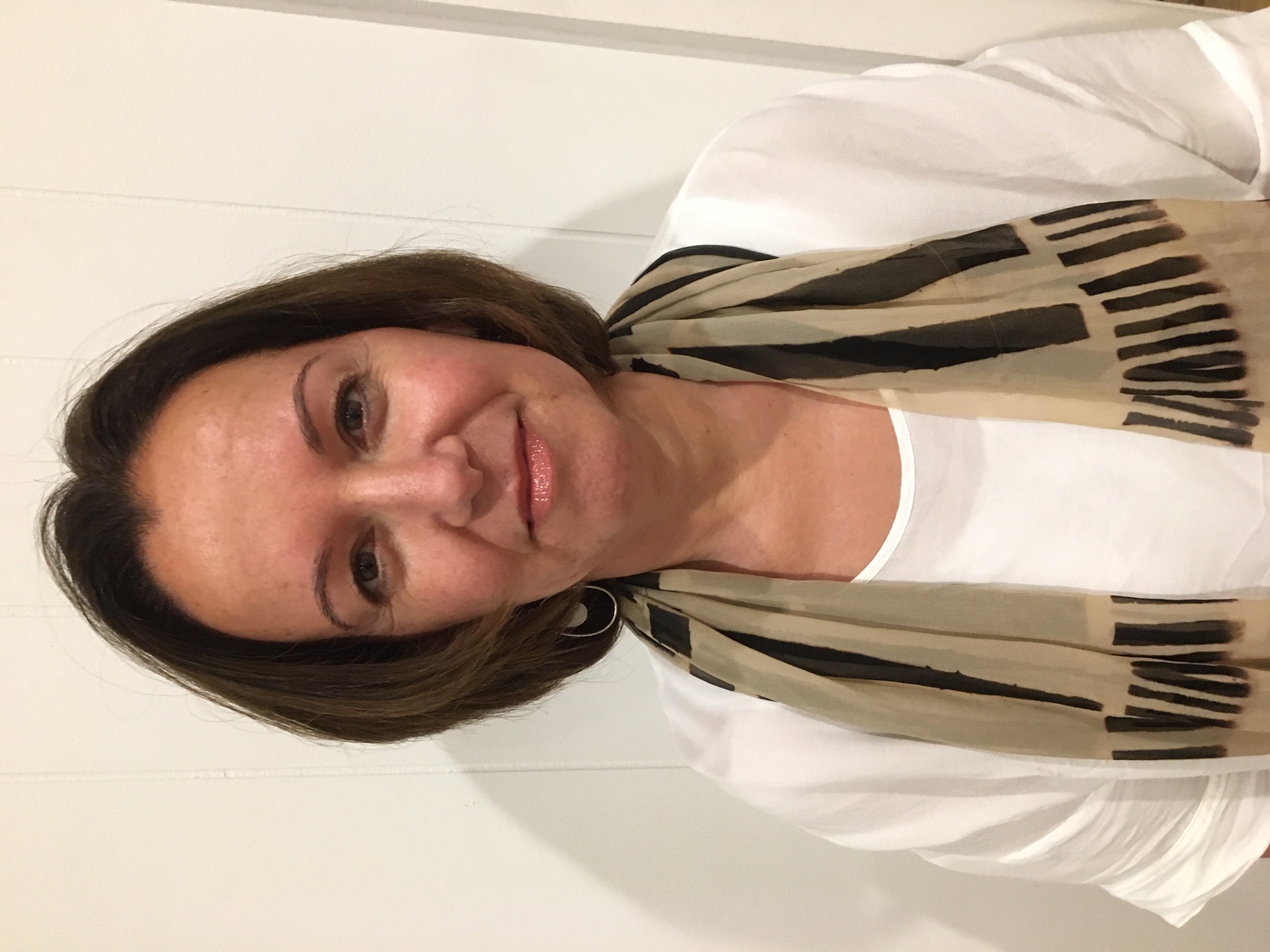You can search for courses, events, people, and anything else.
As a child growing up in Bangladesh, Sharin Naomi quickly observed that people with disabilities were considered “outcasts and objects of shame, hidden and isolated from vibrant public life, their parents and relatives often stigmatised as sinners.”
Her worldview, however, was transformed after attending a graduate course taught by Karen Soldatić, a professor at Western’s School of Social Sciences. “Karen’s way of teaching and research inspired me to research in collaboration with people living with disabilities,” says Naomi, who is now an assistant professor at the Asian University for Women in Chittagong, Bangladesh.
So when Soldatić, an expert in global welfare regimes, reached out to her to work on a special pandemic project, Naomi jumped at the chance.
Soldatić wanted to document how COVID-19 was impacting people living with disability. She was interested in the situation within South Asia, specifically in Afghanistan, Bangladesh, India, Nepal, Pakistan and Sri Lanka.
“We wanted to create a special journal issue that would take a step forward in countering the global dominance of Northern representations of the disability experience during COVID-19,” says Soldatić. “Also, South Asia was one of the regions most badly hit by the Delta variant.”
The goal was to compile a series of research papers for the journal Disability and the Global South, with each paper focusing on a particular country. Soldatić and her co-editor, Nilika Mehrotra, a professor of Social Anthropology at India’s Jawaharlal Nehru University, tapped into their network of collaborators across the region, including Naomi.
The aim was to gather information that might inform future policies to “ensure persons with disabilities are included in state responses to the ongoing pandemic, and future ones, for their long-term wellbeing,” says Soldatić
Need to know
- 15% of the world’s population lives with a disability.
- They have long faced discrimination in South Asia and in other parts of the world.
- Karen Soldatić and her collaborators studied how people with disabilities fared during COVID-19, in hopes of enacting future policy change.
Denied Information
Globally, one in seven people live with some type of disability, many are neglected, vulnerable, and continue to face discrimination on a daily basis. Moreover, most South Asian countries don’t have very disability-friendly policies, says Mehrotra, whose research focuses on social anthropology, gender, and disability.
COVID-19, as the researchers discovered, has only served to exacerbate existing inequalities.Arpeeta Mizan, a collaborator based in Bangladesh, agrees. “The pandemic has pushed people with disabilities further into the margins of society,” says the assistant professor of law at the University of Dhaka. Many, for instance, struggled to get information during the pandemic because of their disabilities. Mizan recounts how the Bangladeshi government made the most of their announcements about relief aid via loudspeakers on the main roads. “The lack of use of sign language and braille materials, and focus on main streets meant that the announcements often didn’t reach persons with disabilities — especially those with hearing and visual problems,” she says.
Her collaborators in Nepal and India report similar stories. But matters were compounded further in those two countries because of the multiple languages used — more than 120 in each, as compared to roughly 38 in Bangladesh. “Information was not disseminated properly nor available in an accessible format or in local languages,” says Pratima Gurung from Nepal’s Tribhuvan University, who contributed to the special report. This left people “confused and terrified … with no answers” to help them understand the situation.
Gurung recounts speaking to a woman with a severe spinal cord injury in a remote part of the country. The woman, who lived alone, didn’t receive any information and was unaware of local relief distribution efforts. Even if she did, Gurung says, she wouldn’t have access to it because she didn’t have formal identification, “cannot walk to the place where relief is distributed, and speaks only her local language.”
As the journal co-editor Mehrotra notes: “Some of the report’s findings were heartbreaking”.
Freedoms Curbed
Additionally, people with disability struggled to access various essential services due to the COVID-19 curfews and movement restriction orders in place, the researchers discovered.
Healthcare was one area that was affected in all the countries studied. “Many people requiring regular services like dialysis and physiotherapy have been left untreated and families couldn’t arrange home-based treatment,” says Mizan. “Many people with disabilities were also deprived of caregivers due to restricted movement during lockdown.”
The restrictions also meant curbs to the independence previously enjoyed by people with disability. “Historically in South Asia, women with disabilities often go shopping with a family member or support person,” explains Soldatić. But this was impeded during the pandemic because many countries limited daily excursions to those with certain identification numbers, so some people with a disability couldn’t travel without the support they needed “to navigate poor street designs, or to go about in public in safe ways.”
Women with disabilities often had to rely on family members to purchase personal hygiene products, such as sanitary napkins, for them, “taking away autonomy to decide on deeply personal matters, such as personal hygiene,” says Soldatić.
The restrictions on movement also negatively impacted people’s livelihoods. For instance, Binendri Perera, a lecturer at the University of Colombo, and one of Soldatić’s collaborators, interviewed Nisha, a wheelchair user, in Sri Lanka’s second largest city, Kandy. Nisha described how her business was failing as she was forced to limit her opening hours in line with the operating times of the city’s trishaws — the only public transport available during the pandemic.
From their interviews, the researchers also observed higher levels of isolation, a deterioration in mental health and reports of domestic violence during COVID-19, particularly against women with disabilities.
Silver Linings
Soldatić, however, cautions against pigeonholing the pandemic experiences of people with disabilities. “While there were quite a lot of similarities, there were also distinct differences in each of the places — not just country differences, but even within specific country sites as there is such diversity across each place.”
These varied, for example, depending on whether an individual lived in a rural or urban area, and the class, ethnic or religious group she belonged to. Gender was also an important factor. “Women with disabilities were particularly vulnerable,” says Soldatić.
But it wasn’t all bad, she says. In countries with a strong disability movement, people with disabilities did receive some help from the government. In India, for instance, food was delivered to people’s doorsteps right from the beginning of the pandemic, says Mehrotra. There were also helplines that women facing abuse were encouraged to call.
People found ways to cope with their ‘new normal,’ such as using social media to stay in touch with their friends and receive news updates, say the researchers. Some adapted well — Naomi says she was particularly impressed by the Afghan women she spoke to. “Their positive thinking, how they wanted to be empowered with inner strength, confidence, and self-love was very surprising and exciting for me.”
Broader Impacts
But overall, COVID-19 has been a step backwards for people living with disabilities, says Soldatić. More than 18 months after their research was first conducted in 2020, things have “improved in some parts,” she says. “But the broader system has deteriorated.”
She and her collaborators were heartened when their research received global attention. “It was received very well in the disability rights community,” says Mehrotra.
Soldatić adds: “I think our work has really started to get local governments and also international NGOs to think about how we respond to situations, like pandemics, that we hadn’t considered before.”
“In these situations, people with disabilities are often the last group to be appropriately responded to,” she says. “But doing so results in a better policy for everyone because it looks at particular vulnerabilities and addresses a whole range of policy vacuums, for example around accessibility, vaccine rollout priority and, community safety when public access orders are in place.”
“And that often has a broader and positive impact on the general population too,” says Soldatić.
Meet the Academic | Professor Karen Soldatic
Karen Soldatic is a Professor in the School of Social Sciences & Institute Fellow at the Institute for Culture and Society. She was awarded a Fogarty Foundation Excellence in Education Fellowship for 2006–2009, a British Academy International Fellowship in 2012, a fellowship at The Centre for Human Rights Education at Curtin University (2011–2012), and an Australian Research Council DECRA Fellowship (2016–2019). Her research on global welfare regimes builds on her 20 years of experience as an international (Cambodia, Sri Lanka, Indonesia), national and state-based senior policy analyst, researcher and educator. She obtained her PhD (Distinction in 2010 from the University of Western Australia. Karen works with a number of international teams examining issues of disability justice in the global south with a particular focus on gender, violence and inequality.
Credit
Future-Makers is published for Western Sydney University by Nature Research Custom Media, part of Springer Nature.
© arvitalya/iStock/Getty
© Annie Spratt/Unsplash
© Anne Nygård/Unsplash
© Jon Tyson/Unsplash
© CDC/Unsplash
© Zhuo Cheng you/Unsplash

.jpg)

.jpg)
.jpg)
.jpg)
.jpg)




